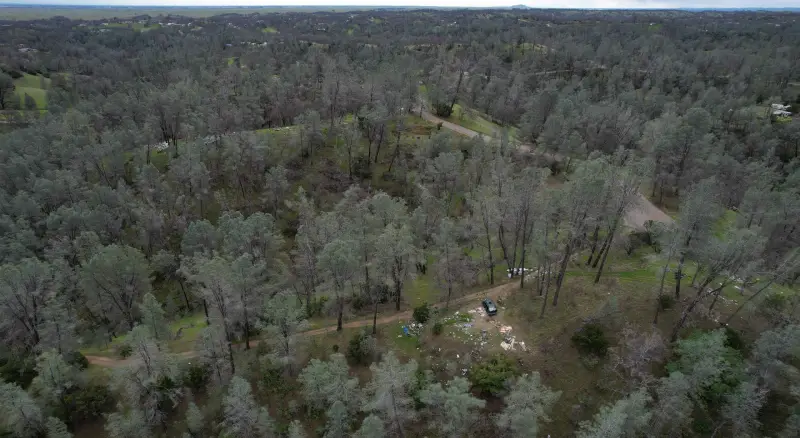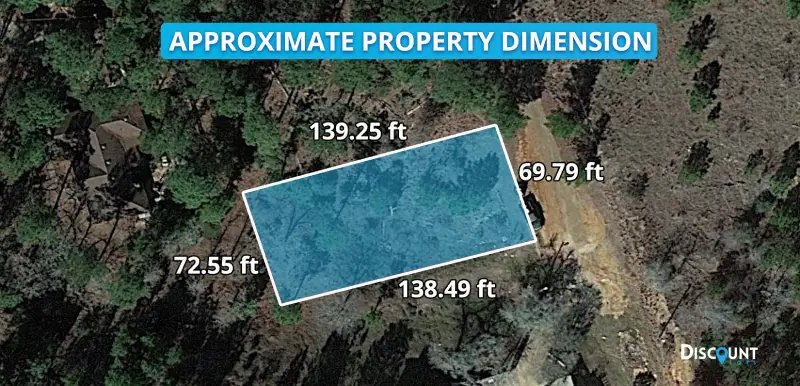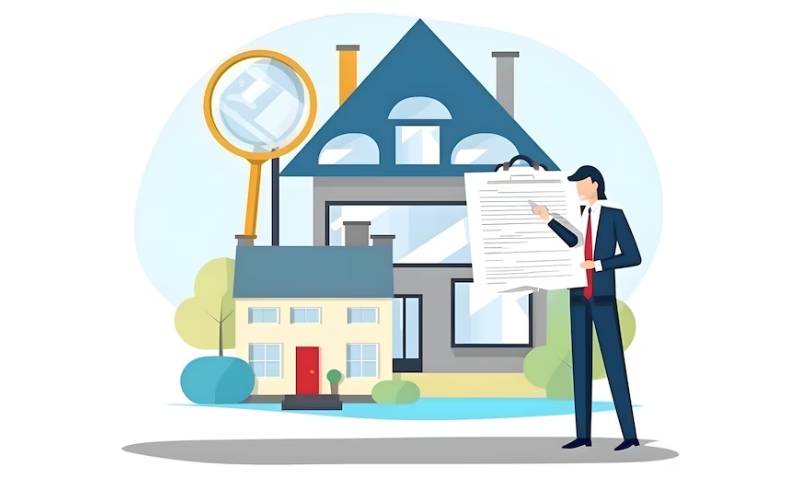
How to Build a Construction Compliance Checklist That Works?
Creating an effective construction compliance checklist is essential for the success of any project. It helps ensure safety, regulatory adherence, and high-quality standards throughout the building process. Start by understanding key areas like regulatory compliance, safety protocols, and quality assurance. Engage all stakeholders to gather valuable insights on potential issues and important checkpoints. When drafting your checklist, keep it clear and concise for easy use. Regularly review and update it to reflect changes in regulations or best practices. With proper training for your team on how to utilize the checklist effectively, you can minimize risks and create a safer work environment for everyone involved.
Understanding the Importance of a Construction Compliance Checklist
A construction compliance checklist in the UK is not just a formality; it is a crucial element that can shape the success of your project. By ensuring adherence to local, state, and federal construction laws, the checklist helps protect your project from legal pitfalls. It also plays a vital role in identifying potential safety hazards before they escalate into serious issues, making it an invaluable tool for safeguarding your workers.
Furthermore, a well-crafted checklist promotes a culture of safety and accountability among workers, encouraging them to take ownership of their roles in maintaining a safe environment. This proactive approach not only supports efficient project management and resource allocation but also fosters clear communication between stakeholders regarding compliance.
With a structured framework for monitoring and evaluating progress, the checklist reduces the likelihood of delays and costly fines due to non-compliance. It encourages ongoing problem-solving and continuous improvement, enhancing both the quality of work and the overall project outcome.
Moreover, consistently using a compliance checklist enhances the reputation of your construction company among clients and regulators alike, showcasing your commitment to quality and safety. It also acts as a reference point for audits and inspections, ensuring transparency and building trust with all parties involved.
- Ensures adherence to local, state, and federal construction laws.
- Helps identify potential safety hazards before they become issues.
- Promotes a culture of safety and accountability among workers.
- Supports efficient project management and resource allocation.
- Facilitates communication between stakeholders regarding compliance.
- Provides a clear framework for monitoring and evaluating progress.
- Reduces the likelihood of delays and costly fines due to non-compliance.
- Encourages proactive problem-solving and continuous improvement.
- Enhances the reputation of the construction company among clients and regulators.
- Acts as a reference point for audits and inspections, ensuring transparency.
Key Components of an Effective Construction Compliance Checklist
An effective construction compliance checklist should include detailed sections that cover all aspects of compliance, particularly safety and quality. Each item on the checklist must have clear definitions to eliminate any ambiguity regarding requirements. This clarity ensures that everyone understands what is expected. It’s essential to incorporate specific local and industry standards relevant to the project, as these standards can vary greatly depending on your location and the nature of the work.
To maintain timely compliance checks, the checklist should include a timeline for inspections, allowing teams to stay on track throughout the construction process. Additionally, providing space for notes or comments is crucial; this allows team members to address potential issues or deviations directly on the checklist, promoting proactive problem-solving.
Categorizing items for easy navigation is another key component. For example, you could divide the checklist into sections like safety, environmental compliance, and quality control, making it simpler for users to find what they need quickly.
Accountability is vital, so including responsible parties for each checklist item ensures that everyone knows who is accountable for what. This not only fosters ownership but also enhances team collaboration. Furthermore, adopting digital tracking solutions can streamline updates and provide easy access to the checklist for all team members, making compliance tracking more efficient.
Regularly scheduled reviews of the checklist will keep it relevant and effective, ensuring it adapts to any changes in regulations or project requirements. Lastly, implementing a feedback mechanism allows team members to suggest improvements or changes, promoting a culture of continuous improvement in compliance practices.
Steps to Create a Construction Compliance Checklist
To create a construction compliance checklist that truly works, start by conducting a thorough review of all relevant regulations and standards. This foundational step ensures that you’re aware of the legal requirements your project must meet. Next, identify common compliance issues faced in similar projects, which helps you focus on the most crucial checkpoints.
Gather insights from past projects to enhance your checklist’s effectiveness. Consulting with team members who have hands-on experience can reveal specific challenges and successful strategies. Engaging with regulatory bodies is also vital, as this keeps you updated on any changes in laws or standards that may affect your compliance efforts.
Once you have gathered all necessary information, utilize templates from reputable sources as a solid starting point. However, don’t hesitate to customize these templates to fit your unique project needs. After drafting the checklist, it’s essential to test it on a pilot project to identify any gaps or areas of confusion. This real-world application can provide invaluable feedback.
Incorporate input from diverse team members to ensure a comprehensive approach, as different perspectives can uncover overlooked compliance issues. Make sure the checklist is user-friendly, with a logical flow and layout that simplifies the process for everyone involved. Training is key, so invest time in teaching team members how to effectively utilize the checklist in their roles.
Finally, establish clear deadlines for when checklist items should be completed. This accountability can drive adherence and ensure that compliance remains a priority throughout the project.
Best Practices for Using a Construction Compliance Checklist
Integrating your construction compliance checklist into daily operations is key to ensuring consistent use. By making it a part of everyday tasks, team members will naturally incorporate compliance checks into their routines. Encourage real-time updates, allowing for immediate adjustments to keep the checklist accurate and relevant. Utilizing mobile apps or software can facilitate easy access, enabling workers to complete checklists on-site without hassle.
Establish a regular review schedule for the checklist to ensure it remains current with evolving regulations. This practice not only enhances compliance but also reinforces its importance among the team. Maintain open lines of communication for reporting issues or concerns, creating an environment where team members feel comfortable raising compliance-related issues.
Recognizing and rewarding compliance achievements can serve as a powerful motivator. Whether it’s a shout-out in a team meeting or a small incentive, acknowledging hard work fosters a culture of accountability. Incorporate the checklist into team meetings to keep its significance front and center, reinforcing its role in project success.
Documenting all checklist completions is crucial for future reference and accountability. This provides a clear record that can be referred back to in case of disputes or audits. Sharing compliance successes and lessons learned across projects not only helps in improving future checklists but also builds a sense of teamwork and collective responsibility. Ensure that all team members understand how the checklist contributes to the overall success of the project, creating a unified approach to compliance.
Engaging Stakeholders for Successful Compliance
Engaging stakeholders from the very beginning of a construction project is key to ensuring compliance. Start by identifying all stakeholders, including contractors, suppliers, and team members, so everyone is on the same page. Regular meetings should be held to discuss compliance expectations and updates, fostering an environment of collaboration and transparency. Encourage stakeholders to provide input on the checklist, as their insights can enhance its effectiveness and relevance.
Training sessions focused on compliance responsibilities and procedures are essential. By ensuring that everyone understands their roles, you can promote accountability and adherence to the checklist. Establish a clear communication plan to keep all stakeholders informed about compliance issues, updates, and changes. Collecting feedback through surveys or interviews can reveal valuable insights about the checklist’s usability and clarity, allowing for continuous improvement.
Recognizing stakeholder contributions helps create a positive atmosphere, encouraging collaboration. Consider forming a stakeholder compliance task force to monitor and address compliance issues as they arise. Clearly defining the roles of each stakeholder in relation to checklist completion will further streamline the process, ensuring that everyone knows what is expected of them. By engaging stakeholders effectively, you can build a robust compliance checklist that truly works.
Frequently Asked Questions
What is a construction compliance checklist, and why do I need one?
A construction compliance checklist is a tool that helps ensure your construction projects meet all legal and safety requirements. It’s important because it helps avoid costly mistakes, keeps the project running smoothly, and ensures the safety of workers and the public.
How do I start creating my construction compliance checklist?
To start creating your checklist, first identify all the relevant regulations and standards that apply to your project. Then, break those down into clear, actionable items that can be checked off during the building process.
What common items should be included in my construction compliance checklist?
Common items in a construction compliance checklist include safety protocols, permits and licenses, material specifications, inspection requirements, and environmental regulations. Each item should relate to specific tasks to help ensure compliance.
How can I ensure my checklist stays up-to-date with changing regulations?
To keep your checklist up-to-date, regularly review relevant regulations and best practices in the construction industry. Consider joining professional organizations or subscribing to industry newsletters for the latest updates.
Can I use a digital tool to create and manage my compliance checklist?
Absolutely! There are many digital tools available that can help you create, manage, and share your compliance checklist. These tools can make it easier to update items, track progress, and collaborate with team members.
TL;DR Creating a construction compliance checklist is essential for adhering to safety, regulatory, and quality standards in your projects. Understand the importance of such a checklist, which includes key areas like regulatory compliance, safety standards, and quality control. Follow the steps to create it, such as identifying compliance areas, engaging stakeholders, drafting, reviewing, and implementing. To enhance its effectiveness, adopt best practices like regular updates and leveraging digital tools. This checklist not only minimizes risks but also promotes a culture of safety and efficiency on construction sites.



